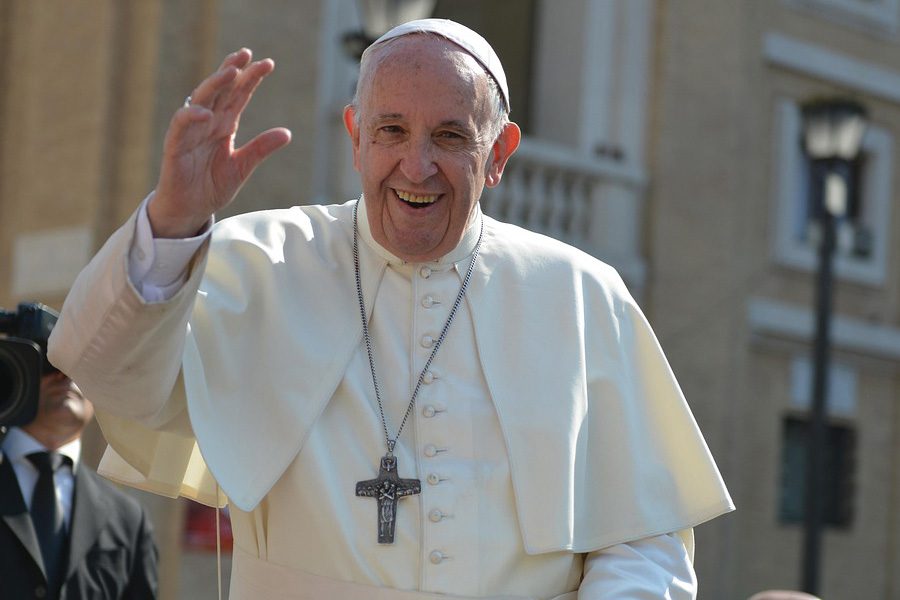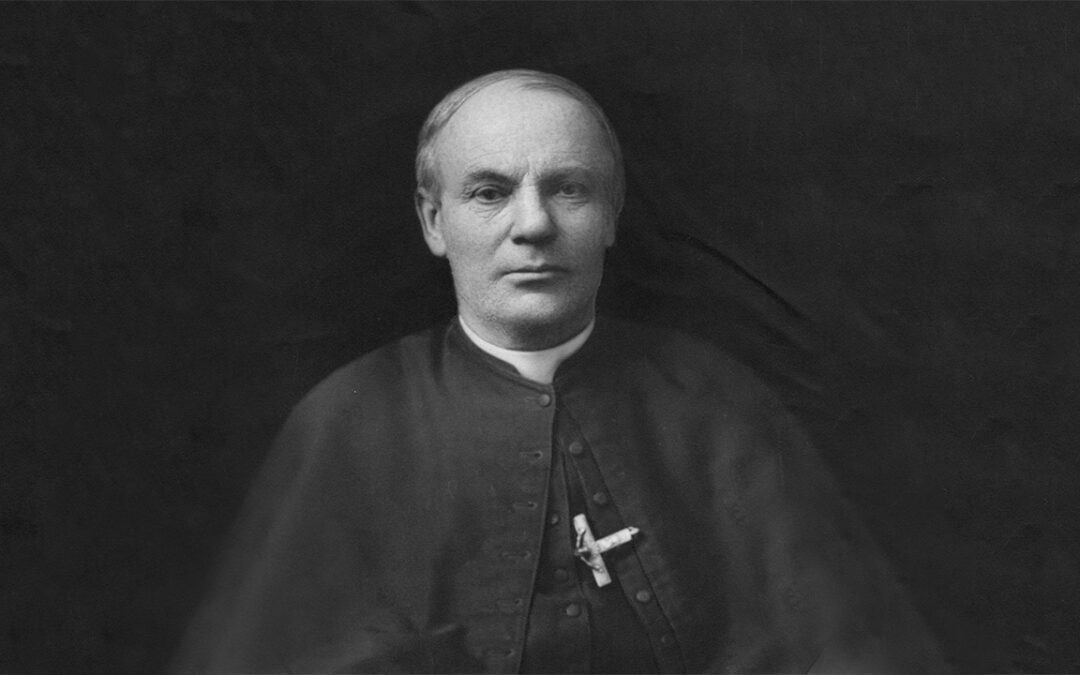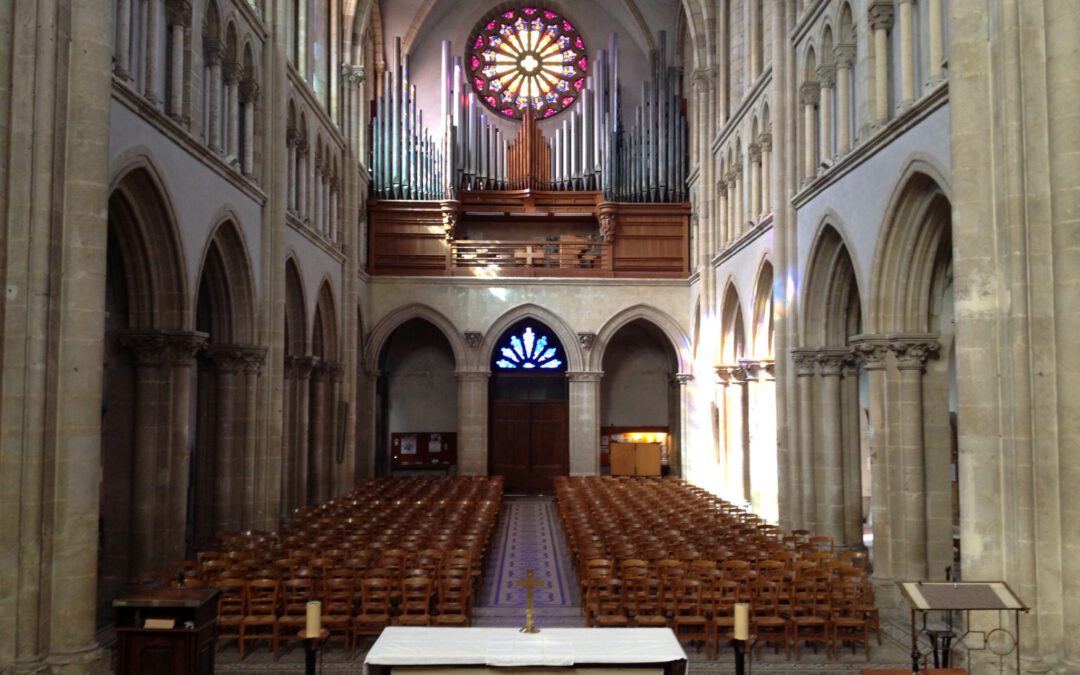Imagine you’re a student sitting in a classroom. The teacher turns to the class and says, “I’m sure I don’t need to tell you what kind of questions will appear on the final examination tomorrow. Of course you all have a very good idea of what to expect.” But you realize, with horror, that you haven’t any idea what to expect on the exam, and as you glance around at the faces of your fellow students, it’s obvious that they don’t know what to expect either. But each student is hoping that someone else will be the one to get the teacher’s attention and betray his or her ignorance in front of the whole class.
Something similar may be happening in our Gospel today. The apostles are gathered around Jesus. He is in the midst of his farewell discourse. It had to be evident to the apostles that these solemn words of their master’s were profoundly important: a kind of summation of all that he had taught and of everything they had experienced together. They must have been hanging on his every word.
Then Jesus said, “I am going to prepare a place for you, and then I will come back and take you with me, that where I am you also may be.” All right, that’s clear enough so far. But then Jesus adds, “You know the way that leads where I go.” But wait a minute. They don’t know the way that leads where he is going. They don’t understand. And if Jesus is about to leave, under the assumption that they all know how to follow, everything might well end in disaster. For the sake of the whole group, somebody’s clearly going to have to admit that he doesn’t understand.
Who will it be? Good old honest, forthright Thomas. He admits, “We do not know where you are going. How can we know the way?” And Jesus answers, “I am the way, and the truth, and the life; no one comes to the Father except through me.” We can readily understand the confusion of Thomas and the others. First Jesus seems to say that he has shown them the way to the Father, then he says that he is the way.
The ambiguity in Jesus’ words remains after two millennia of Christian contemplation, and reflects two Christian understandings of how we should approach the Father through Jesus. On one hand, Jesus has shown us the way to God, by example . The Gospels reveal to us how Jesus responded to God. We pattern our relationship with God on his. Jesus teaches us that our Creator is a loving Father. The Son of God teaches us that we are all God’s children. Jesus shows us how to love, how to serve, how to trust, and how to obey. He teaches us how to pray to the Father. If we take up our cross and follow the trail he has blazed to God, his destiny will be our own. His victory will be ours.
That is one strand of the tradition. The other is that we approach the Father through Jesus. Faith in God means faith in Jesus. Everything stems from our relationship with him. Jesus personally makes an offer of salvation to each one of us. Our destiny depends on our response to that offer.
In short, looking at it in terms of prayer, one aspect of the tradition instructs us to pray to Jesus, the other teaches us to pray to the Father in the way that Jesus did. And as is so often the case in Christian belief, both approaches to God are true.
So, whichever way we pray, we are following a great spiritual tradition. And, if in our own life of faith we have limited ourselves to just one of these approaches to the Father, a conscious effort to try the other might be profoundly enriching. Both are positive responses to our Savior’s words: “I am the way.”
Rev. Charles B. Gordon, C.S.C., is co-director of the Garaventa Center for Catholic Intellectual Life and American Culture at the University of Portland. He writes and records a regular blog called “Fractio Verbi.”





